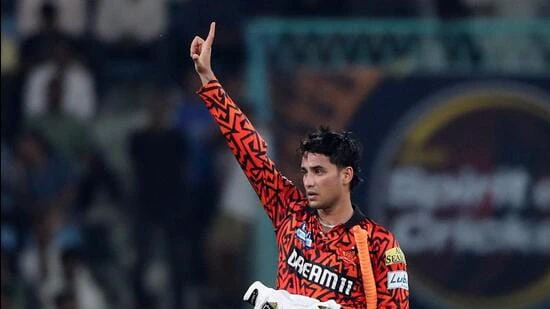Mumbai: The next edition of the T20 World Cup is six months away and starting with the Asia Cup in September, champions India will have 5 more T20Is each against Australia and South Africa to identify their squad of fifteen and 5 further T20Is against New Zealand to trial before the main event.
By leaving on a high after the 2024 World Cup win, Rohit Sharma and Virat Kohli cleared all decks for the selectors to build a more dynamic squad for India’s title defence. A combination which would empower the team management to pick a playing 11 that confines to the new tenets of T20 cricket; where the openers hit the ground running in the Powerplay, leave the middle order to push the envelope further and specialist finishers take the innings to the desired end.
Over the last year, while greater focus has been on the traditional formats, India under Suryakumar Yadav have been able to do just that – add more pizzazz to their play by assembling the best IPL performers for each position to deliver an impressive run of results – 17 wins in 20 T20Is.
A major shift has been the change in intent at the top. Over the last three series, Abhishek Sharma and Sanju Samson – left and right, have gone hammer and tongs in the Powerplay. Samson scored three individual hundreds while Sharma charged fast bowlers, even hammered England to notch up 135, the highest individual T20I score by an Indian.
Where does that leave Shubman Gill and Yashasvi Jaiswal, both of whom were T20I regulars before? They would like a chance to stake claim, now that they are available.
Even though Sharma and Samson have made a compelling claim, their partnership is not an open and shut case. As a pair, the duo have managed only one 50-plus score in their 12 innings together. It’s the flip side of their high risk game; they are likely to fail in equal measure and rarely will they come out unbeaten as a combination beyond the first six overs.
For Gill, his attacking numbers fade in comparison to others, even though his IPL strike rate has seen a marked improvement. Gill’s success as a batter after getting Test captaincy, may encourage the selectors to check if he can hit the high notes in the T20 format too. Would they think of making allowance for one batting anchor in the Kohli mold who you may need in big tournaments?
Mind you, Jaiswal’s Test form has had no negative impact on his T20 game. As an opener in the Powerplay, both in IPL and T20I, he attacks more, scores more boundaries and registers a better strike rate than Samson and Gill and is close on heels to Sharma. But he does not have any other attributes. Samson is also a wicket-keeper. Gill is seen as a future leader. Jaiswal may still miss out if India do not want to go with two left-handers at the top. Sharma is so unabashedly aggressive with a penchant for six hitting that India may want to capitalize on his dazzle while he is young. The high pressure matches against Pakistan may provide the answer if he can manage to retain his fizz.
Clearly, the selectors will face a problem of plenty when they set to pick the Asia Cup team, next week. Not to forget, there is only a four-day gap between the Asia Cup final and the home Test series against West Indies. Whether that would mean Gill waits out before getting into T20 mode remains to be seen.
India’s choice of openers would also depend upon who their preferred No.3 is. When a wicket falls early, Yadav hasn’t always walked out at 3. Between the Indian captain and Tilak Varma, the two have batted interchangeably at 3 and 4. Add Shreyas Iyer to the mix. His career numbers may not add up the same way, but he was the best batter on show in IPL 2025 (604 runs, SR 175). The right-hander smashed spin, countered pace with elan and played some remarkable match-winnings knocks to steer Punjab Kings to the final. Surely, if the IPL is a strong benchmark for T20I selection and why must it not be if the World Cup is being played in the same conditions, brilliance in IPL spanning the duration of the season calls for a look-in.
India’s top order choices for the Asia Cup will serve as auditions but it’s quite likely they may not be locks for the future. The choices of the selectors and head coach Gautam Gambhir will play a key role too, and will suggest which philosophical slant India take as they look to keep pace with the fast-paced format, which has gathered even more speed from last June’s sun-soaked heady afternoon at Barbados.
